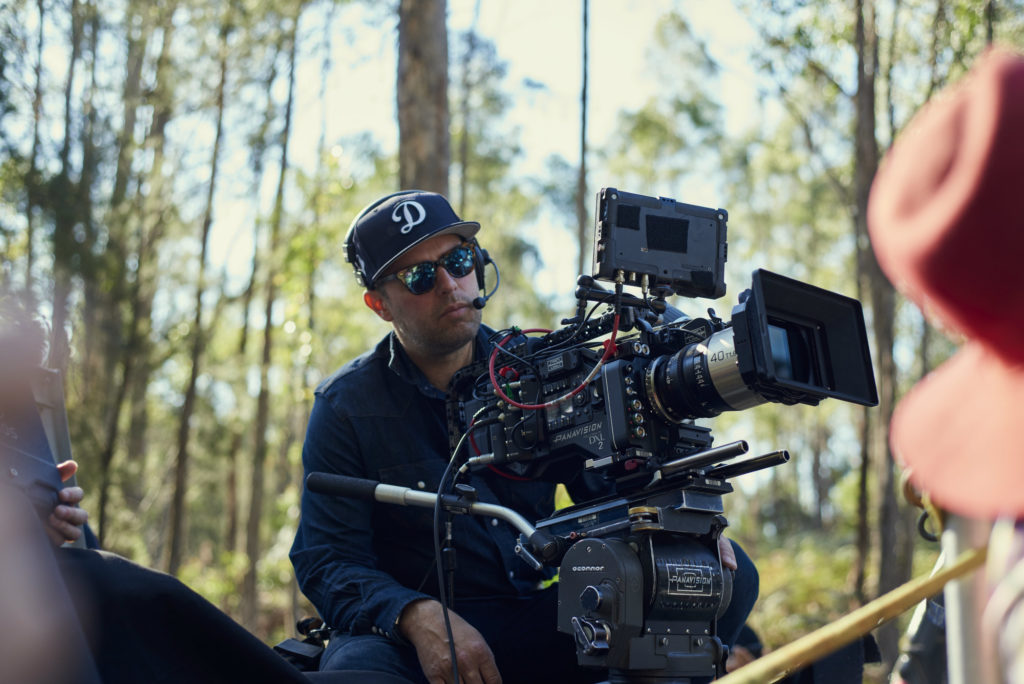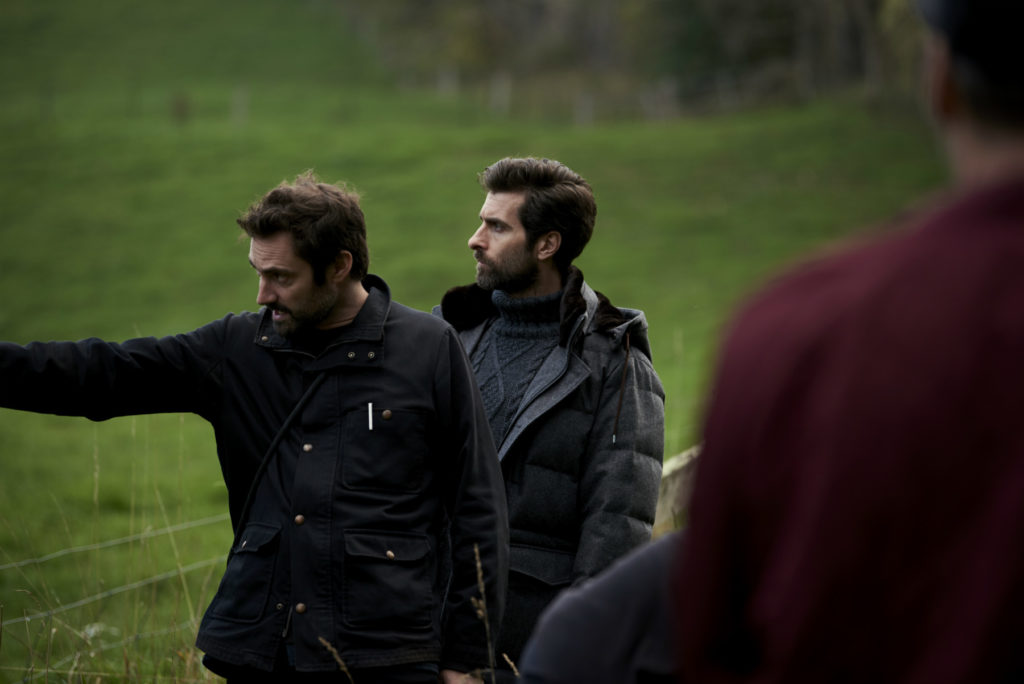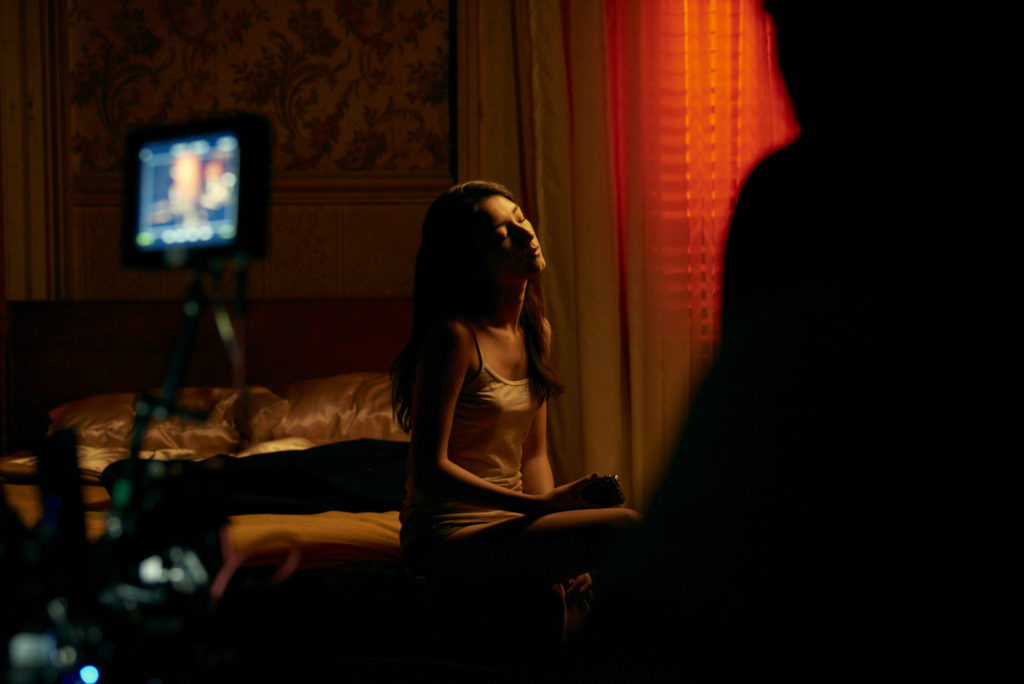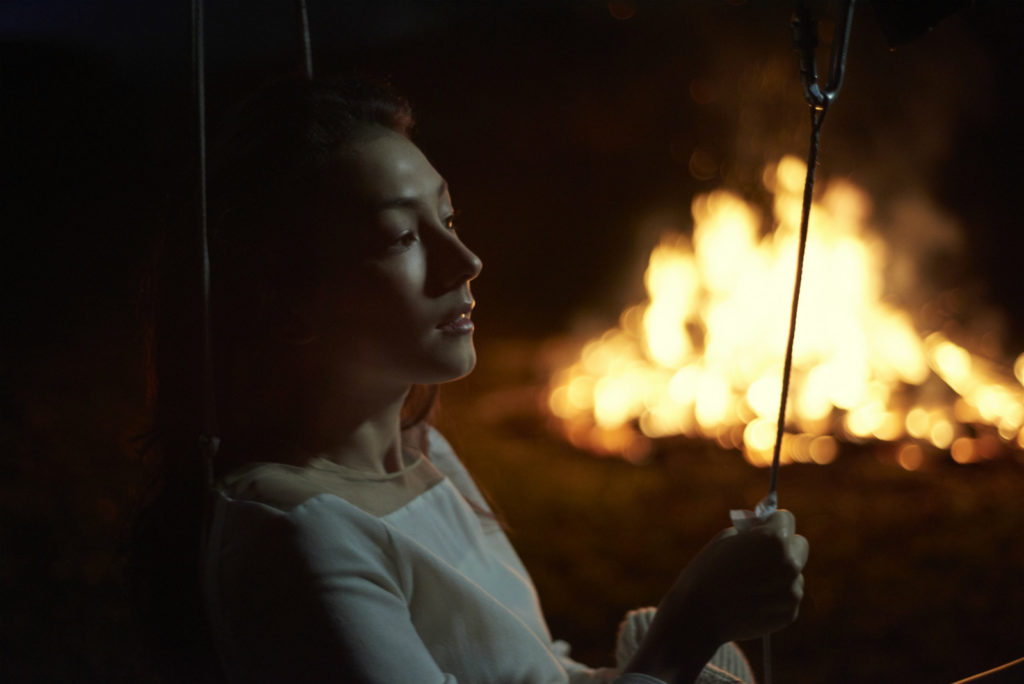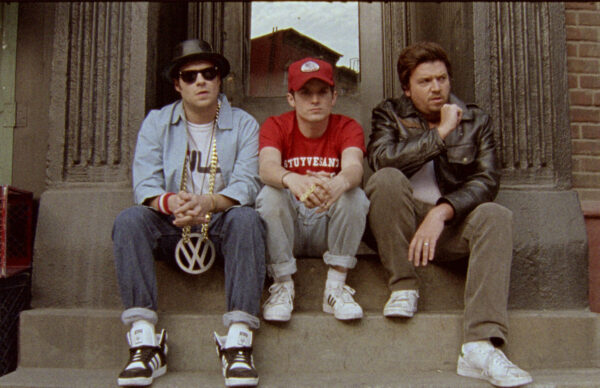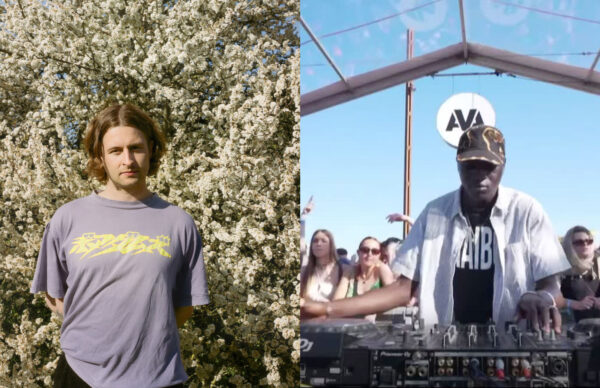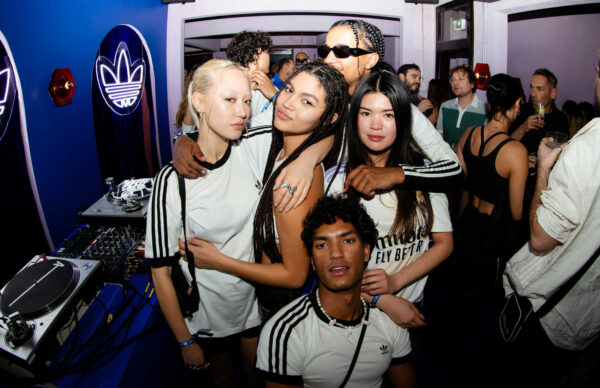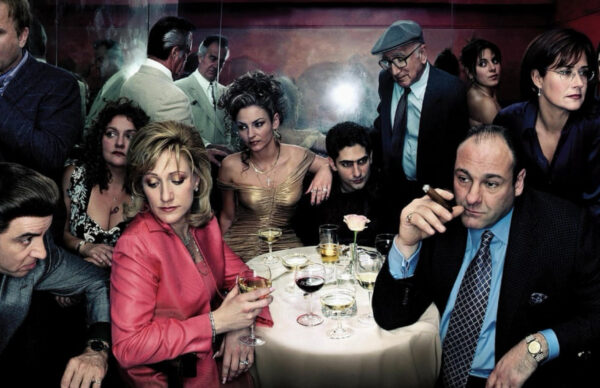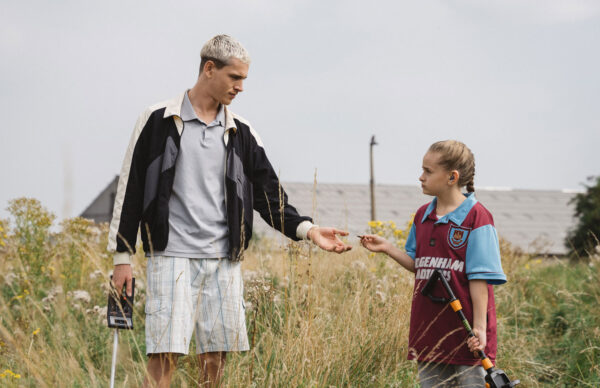With The Woolmark Company releasing a short that looks more like it belongs in the cinemas for their ‘New World Wool’ campaign, we thought we’d have a chat with director Ben Briand about the creative process behind Armour.
Constructing a visual narrative that you can communicate to people in a limited number of seconds is no easy feat. Getting an idea across to the viewer in a way that offers them the right balance of anticipation and satisfaction takes skills that most of us spectators rarely consider. Add a strong product message into the mix and it makes thing even more difficult, which is why Ben Briand’ short, Armour, for The Woolmark Company is something pretty special.
Shot in rural Tasmania, the short feels like the trailer to the latest spy or espionage film, with Natasha Liu Bordizzo as an undercover assassin who falls into the hands of her target. There’s chase scenes, epic wide shots, artistic editing and dramatic performances from Bordizzo and her co-star Sam Smith. It’s pretty much got everything you never see in a campaign video, which is what makes it so great.
https://www.youtube.com/watch?v=wXmtvlLL9lo&feature=youtu.be
But how does it all come together? Ben Briand is a well-established director best known for his shorts Apricot, Some Static Started and Castor & Pollux, which have collectively seen him receive accolades and praise both in Australia and abroad, as wel as directing Gal Gadot, Cate Blanchett, Rose Byrne and Jackie Weaver along the way. He took some time out to chat to us about what goes into creating something like Armour:
What are the things you look forward to when working with an iconic company like The Woolmark Company?
I’ve found that the bigger the entity the more trust and vision they allow you. That was certainly the case here. I was given a lot of rope to create a short film that was totally from me and my cinematic interests. It was a real gift.
In the ‘Armour’ short you’ve managed to deliver something with cinematic value and also a strong product message. Is it difficult to find the balance between the two when writing on a project like this?
I’ve been fortunate to make a handful of projects such as this and I always find the key is to create an authentic story and meaningful characters right from the beginning. If the brand’s thematic are woven into it from the first step then it feels very natural and genuine.
Did you have an instant vision for the video or was it something that took a while to develop?
I knew how it should feel from very early on. I tend to have that with all of my work. Once I have a sense of that then I can follow the sensation and then it materialises in all the choices to do with script, casting right through to music and edit.
The spy/assassin aesthetic is something we often associate with high end products like jewellery or cars. Why do you think this worked so well with The Woolmark Company?
I wanted a character that was front footed yet emotionally damaged. There was a rawness to her that came from what she does for a living yet also a great beauty involved that was evoked from the encounter that she has with her target.
The chase scenes through the forest look great. What’s some of the biggest challenges when shooting fast-paced action sequences like that?
Time and resources. We had very little time to co-ordinate the shoot and also ensure safety. But with a super dedicated team and being able to give them sharp direction is very important in the moment. Knowing what the lenses will do under the conditions of the shot is really helpful. My Cinematographer, Jeremy Rouse was instrumental in understanding how to get the best out of a short piece of forest road.
The reds are quite prominent in the end product, from the lamps, to the hotel window, and the use of fire. What was the motivation behind the warmer grading?
I wanted all the interiors to feel very warm and ‘womb-like’. There was a safety to them as opposed to the cool and harsher tones of the exterior world. That duality spoke to Natasha Liu Bordizzo’s character as well.
Your locations were clearly selected with great care. How important were they to the telling of the story?
As important as casting! I believe that characterisation comes not just from performance and wardrobe but the environment that you find them in. Their very surroundings reflect who these people are and could be. So I like to spend a lot of time scouting. My producer Matt Dooley flew to Tasmania and scoured the areas to find all these locations. Then I was able to come in and craft what we would see in the frame.
What was it like working with Natasha Liu Bordizzo for the shoot?
A brilliant gift. Natasha brought credibility to the physicality of the character with her black belt and Crouching Tiger Hidden Dragon training. She made you believe you she had these skills, even if you never saw them being used outright. As for her performance, she gave a lot of trust and dedication to going to vulnerable places, which ensured the emotion came through. I put her opposite Sam Smith (Jirga) who has a mysterious quality and they bounced off one another so well.
Was there any parts that didn’t make the final cut that you wished could have been in there?
There were different versions of scenes that altered the way that the audience could have viewed them or related. But in the end I think you pick the path that feels right in the moment and live with it. Hopefully people feel the same way too when they watch it.
